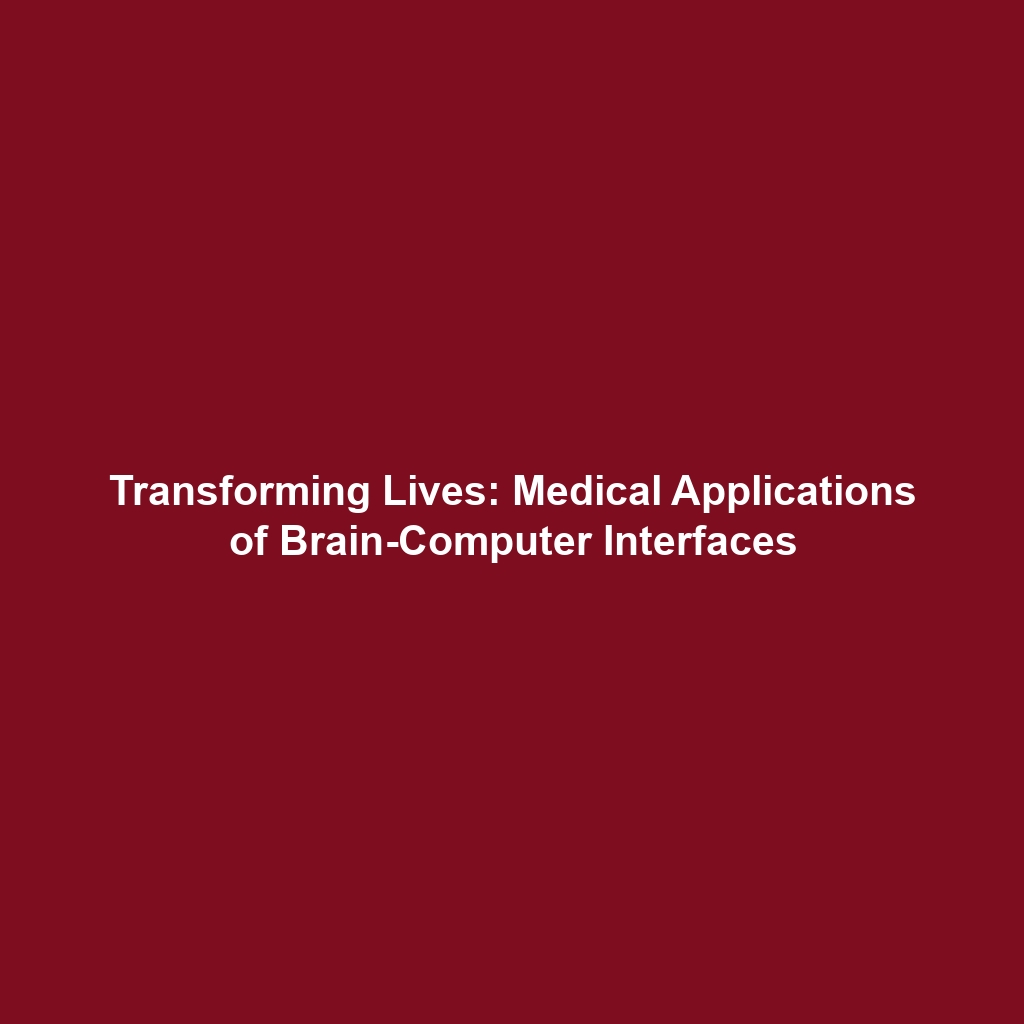Cooling Stages in Cryonics: A Path to Life Extension
Introduction
The concept of cooling stages in cryonics is a pivotal process where the human body is gradually cooled to liquid nitrogen temperatures (−196°C). This method is crucial for slowing down or halting metabolic and chemical processes, ultimately preserving biological tissues for potential future revival. As the demand for life extension technologies grows, understanding the significance of these cooling stages becomes essential. This article delves into the important aspects of cooling processes and their implications within the realms of cryonics and life extension.
Key Concepts
Cooling stages in cryonics involve several key principles:
- Thermal Preservation: The gradual reduction of body temperature lessens cellular activity, thereby minimizing damage from decomposition.
- Metabolic Arrest: At approximately -196°C, biological processes effectively cease, leading to a state of molecular stasis.
- Transport Techniques: Advanced protocols for cooling and transporting biological samples are utilized to maintain integrity during the cryopreservation process.
These concepts are at the core of the cryonics process and contribute significantly to the field of life extension by offering a method for preserving life even at the moment it is deemed lost.
Applications and Real-World Uses
Understanding how cooling stages are applied in cryonics offers insights into their practical implications:
- Cryopreservation of Cells: Techniques are extensively used in preserving stem cells and reproductive cells for future use.
- Organ Preservation: Cooling stages help in the preservation of donated organs, improving transplant success rates.
- Research Applications: In experiments, cooling stages are used to study cell behavior under various temperatures, assisting in advancements in medical science.
These are just a few examples of how cooling stages serve crucial roles in the broader context of cryonics and life extension.
Current Challenges
Despite its promises, there are several challenges in applying cooling stages effectively:
- Cellular Damage: Ice formation during the cooling process can lead to irreversible damage to cells.
- Technical Limitations: Current technology may not provide perfect preservation, with risks of tissue degradation.
- Ethical Concerns: The implications of reviving preserved individuals raise significant ethical questions.
Addressing these challenges is crucial for the advancement of techniques in cryonics and ensuring the safety and efficacy of life extension methods.
Future Research and Innovations
Looking ahead, the future of cooling stages in cryonics holds exciting possibilities:
- Advanced Cryoprotectants: Research into better cryoprotective agents aims to minimize cellular damage during cooling.
- Improved Cooling Technologies: Development of more effective cooling techniques for both cryonics and organ preservation.
- Regenerative Medicine: Combining cryonics with advancements in regenerative therapies to ensure better outcomes post-revival.
These innovations will significantly enhance the viability of cryonics and its potential to extend life.
Conclusion
In summary, the cooling stages represent a crucial aspect of the cryonics process, effectively halting metabolic and chemical activities. Their significance in life extension cannot be overstated, as they open new frontiers in biological preservation and potential future revival. To learn more about the broad spectrum of cryonics and associated technologies, explore our other articles on the future of cryonics and innovative life extension techniques.

